Blowing In The Wind: Fishermen Threaten South Korea Carbon Plans
Resource-poor South Korea wants to spend billions on wind power to achieve carbon neutrality by 2050, but its plans are being delayed by fishermen who say the fight against climate change threatens their catches.
The centrepiece of the scheme is what the government says will be the world's biggest offshore wind power complex.
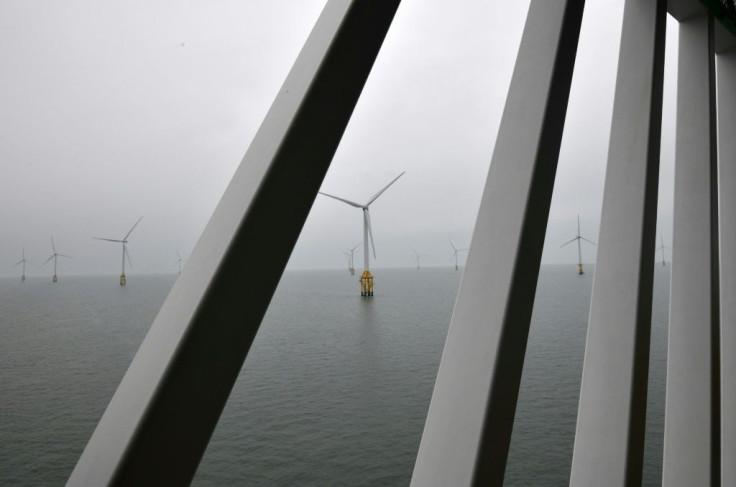
The eight-gigawatt farm off Sinan in the country's southwest will help the South become one of the world's top five offshore wind energy powerhouses by the end of the decade, it proclaimed in February when it signed a 48 trillion won ($43 billion) construction deal.
But the scheme faced fierce opposition from local fishermen as soon as it was reported in 2017.
"Those who make a living at sea are basically opposed to the idea," said protest leader Jang Geun-bae. "It will significantly reduce the area in the ocean where we can fish."

It took three years for acceptance in principle to be agreed, and the two sides have yet to reach a deal on compensation.
"We had to bite the bullet and agree for now," Jang told AFP. "It's a government-led project so we had to accept it against our will."
In total the South wants to install 12 gigawatts of offshore wind power capacity by the end of the decade.
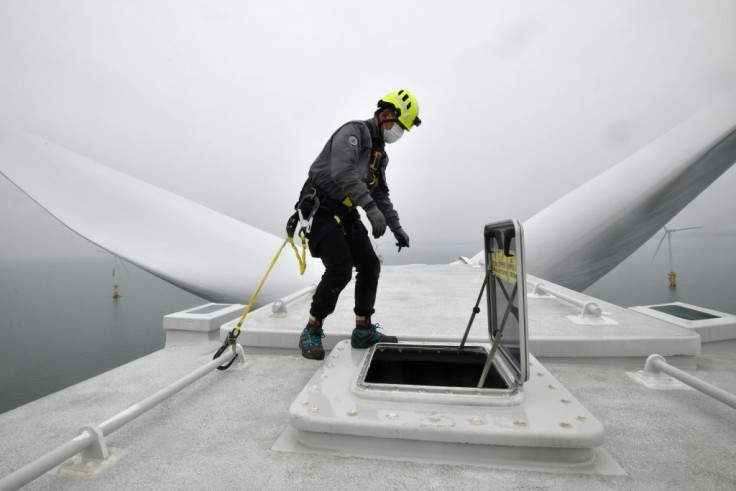
But similar conflicts are slowing down plans for offshore wind farms across the country, with more than 30 government-approved projects yet to start construction, largely due to local opposition, according to the energy ministry.
A 2019 British government and industry expert mission report seen by AFP identified "local acceptance" as a "key barrier" that could prevent the South meeting its target.
Throughout the mission, it said, regulators and developers raised concerns about "objections both from residents and, perhaps more significantly, from the fishing community which is a strong lobbying group in South Korea".
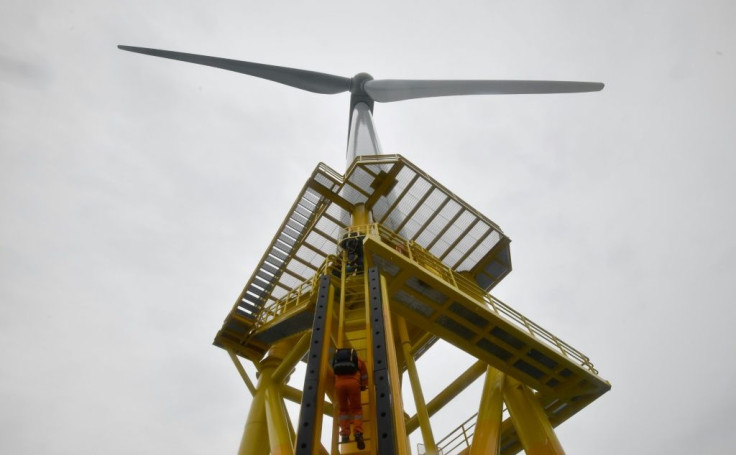
South Korea is the world's 12th-largest economy but has few energy resources of its own and relies heavily on imported coal -- a cheap but dirty fuel -- for around 40 percent of its electricity.

Only around six percent came from renewables in 2020, according to the International Energy Agency.
That leaves it a mountain to climb to achieve the goal President Moon Jae-in declared last year of becoming carbon neutral by 2050.
The challenge has been made more difficult by his insistence on phasing out nuclear power as well as coal, leaving the country depending on renewables to square the circle.
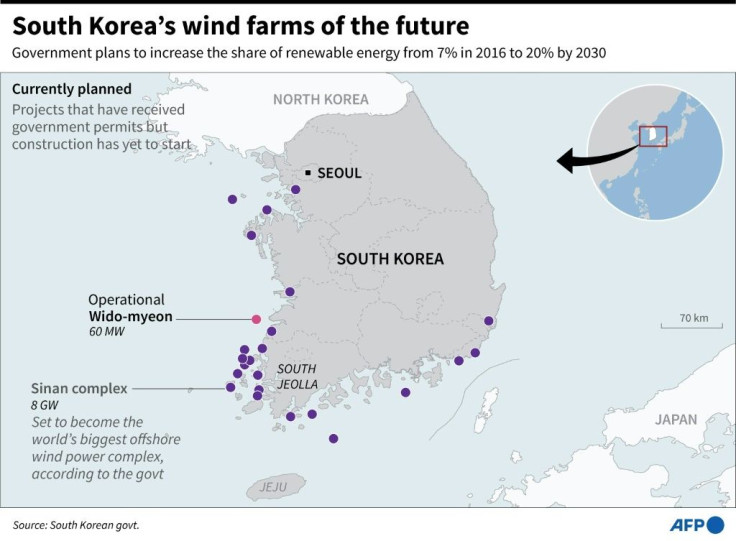
South Korea is a latecomer to the offshore wind industry, trailing far behind leaders Britain, China and Germany.
But its peninsular location gives it an extensive coastline and several South Korean companies have expertise in offshore construction and wind power.
Becoming the world number five in offshore wind was "ambitious but not unrealistic", said Norm Waite, an analyst at the Institute for Energy Economics and Financial Analysis.
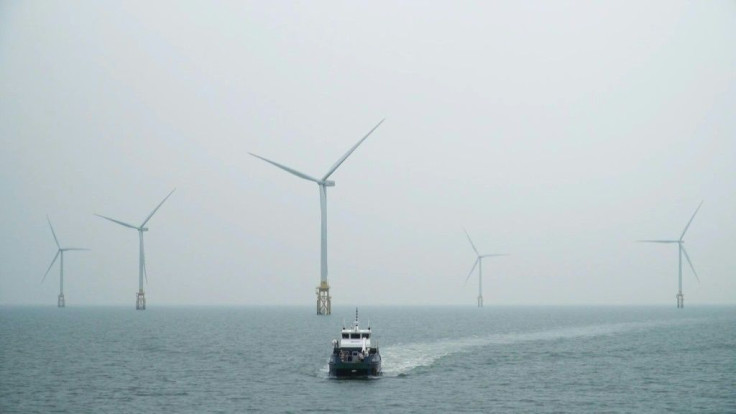
Its current capacity was a mere 100 megawatts, he said, but it "has the building blocks to become a major player in offshore wind".
At present the country's biggest commercial offshore wind farm is a 60-megawatt complex in Gochang, north of Sinan.
The 20 turbines tower 200 metres above the waters some 10 kilometres from shore, their sails turning steadily and silently in the breeze.
The complex generates enough power for around 50,000 households, according to operator Korea Offshore Wind Power, and serves as a test bed for new technologies.
"Renewable energy is a global trend," said company representative Yang In-sun.
"Wind power... can generate a lot of energy in a small space, so it has advantages over solar power and other renewable energy sources and I think it will expand."
The complex was a government priority but it took nearly a decade to go into operation in January 2020 after local opponents delayed construction for four years.
"Who would say yes to installing turbines in the sea where you caught hundreds of fish every day?" said protest leader Lee Sung-tae.
The farm occupies less than eight square kilometres but he says it reduces the available fishing area and fishing boats have had to detour around it.
But scientists say that the effects of construction noise and mud are temporary and working wind farms have no impact on fish populations.
Kim Bum-suk, professor of wind power ocean and civil engineering at Jeju National University, said there was "no scientific evidence" for turbine noise damaging marine life.
"There is absolutely no impact during operation," he told AFP. "In the mid to long term, it serves as a new artificial fish plant and can attract a lot of underwater creatures."
Authorities in Gochang have offered financial inducements to bring local residents on board.
The complex will be expanded to 2.4 gigawatts by 2030, with as many as 800 turbines, and the fishermen have been promised a share of the profits once it is completed, although details have yet to be finalised.
"We are aware of the importance of renewable energy," Lee in Gochang told AFP.
"But enough dialogue and negotiations with local fishermen who make a living from the ocean is the only way for a win-win."
© Copyright AFP 2024. All rights reserved.





















